Idea by
Pablo Goldin
https://www.gorgeouscollective.com/
Call for ideas 2020
Illusion, Failure, Redemption
Illusion, Failure, Redemption
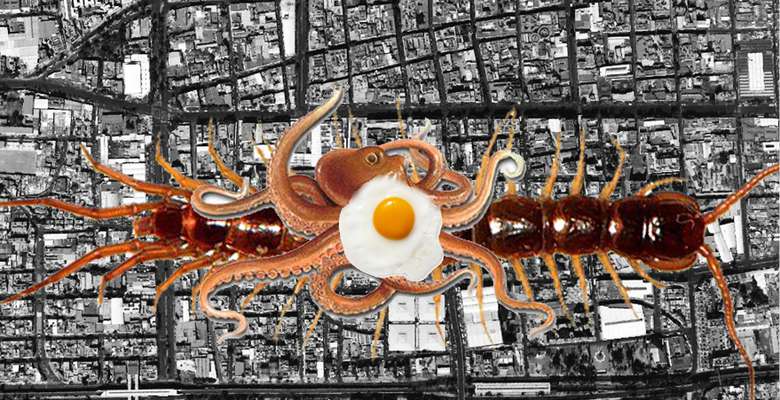
- Site-specific cases
While territorial disputes related to development and renovation processes are increasing generating different scales of confrontations among stakeholders, the creation of new narratives beyond prejudice and inherited judgements is necessary to imagine design projects that can allow previous and new actors to continue playing a relevant role in their own story without being excluded from the territories they once inhabited.
The deterioration of the built environment, natural catastrophes and the weakening of the economical conditions of its inhabitants, demands from the architectural practice a stronger engagement in the conception of negotiations and scenarios where design becomes the tool to not only develop the physical elements of the project but consolidate a strategy to allow existing and new actors to overcome their difficulties and achieve the broken promises from the past through a second opportunity to improve their present moving from confrontation to negotiation models.
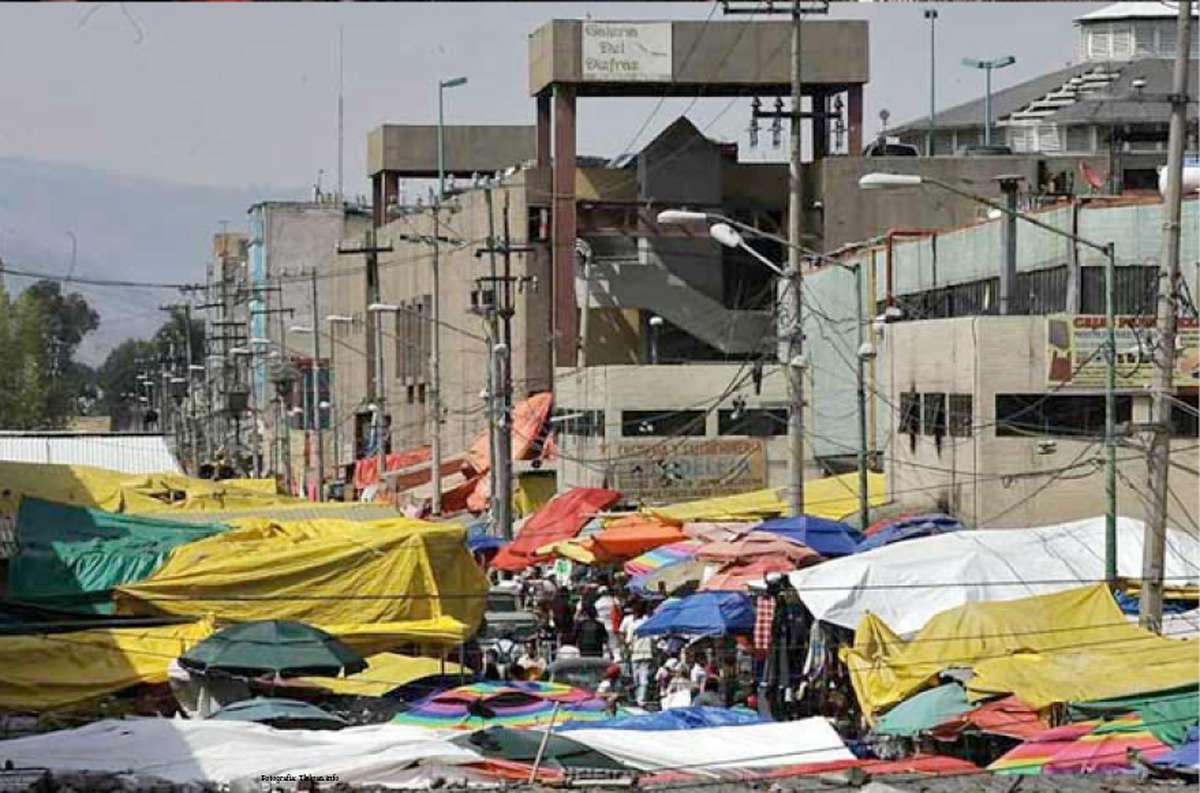
In 2014, after a fire that consumed 8000 m2 from the main market of “La Merced” area in Mexico City an architectural competition took place to imagine a new master plan for the zone. The winning entry that “cleaned” the informal activities and destroyed the 50 360 m2 of contemporary underutilized buildings, was refused by the local population particularly the owners of the shopping center "Plaza Merced 2000" whose building was planned to be demolished. Image: tlalpan.info

To address the conflicts that arose from the competition and the opportunities that the building "Plaza Merced 2000" represented in terms of human capital, preservation of postmodern architecture and infrastructure, I first developed a project in the university that I later brought to the real location to recycle the building claiming that the building could become the core of the positive transformation for the area.

By changing the facade, introducing new land uses and “Jenny Holzer” Style letters in the third level that claimed “VIVA PLAZA MERCED 2000 POR SIEMPRE” (Long live Plaza Merced 2000 Forever) not only the physical building would be transformed but also the story that inhabits it could find a path to overcome the failure of the original building and achieve the initial purposes for leisure, consume and culture that the building demanded.
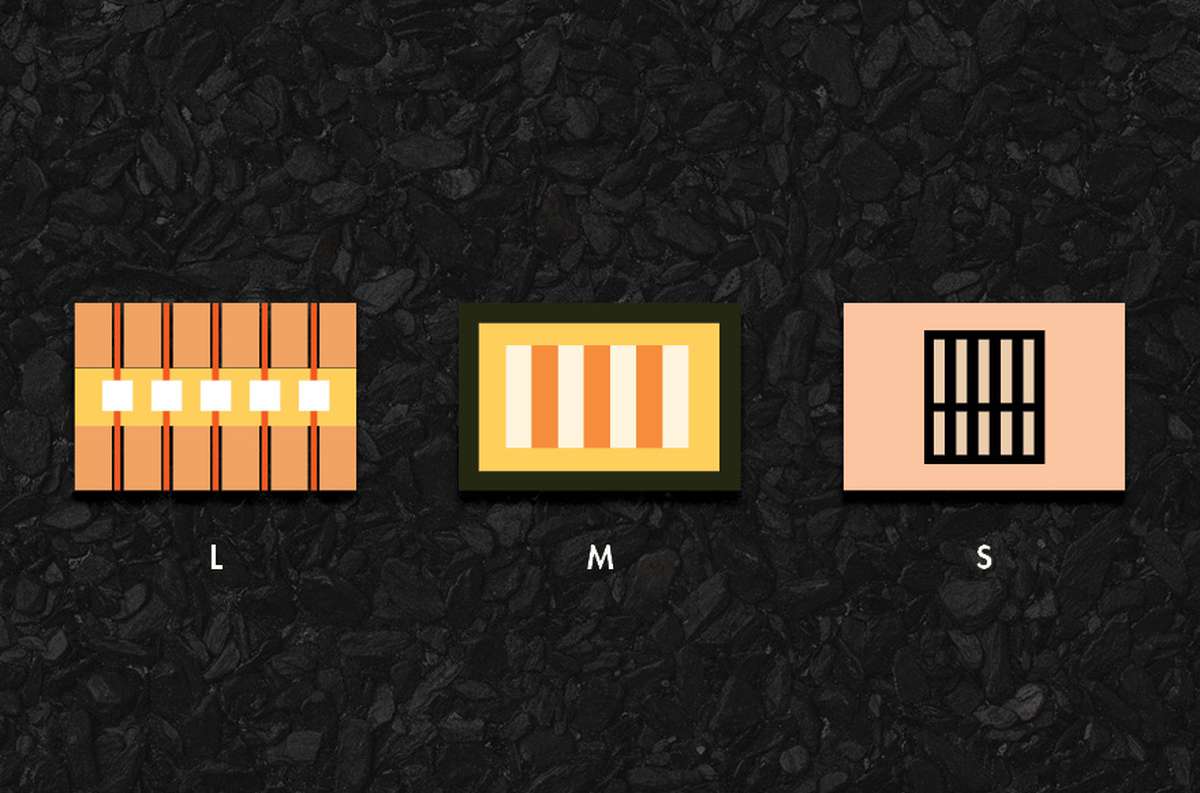
To rethink the building implied rethinking the area in different scales understanding the relevance that this specific case can have for the city. Each of the two master plans and the architectural project became a flag that represented a statement that should conduct any of the future projects beyond a determined form or material.
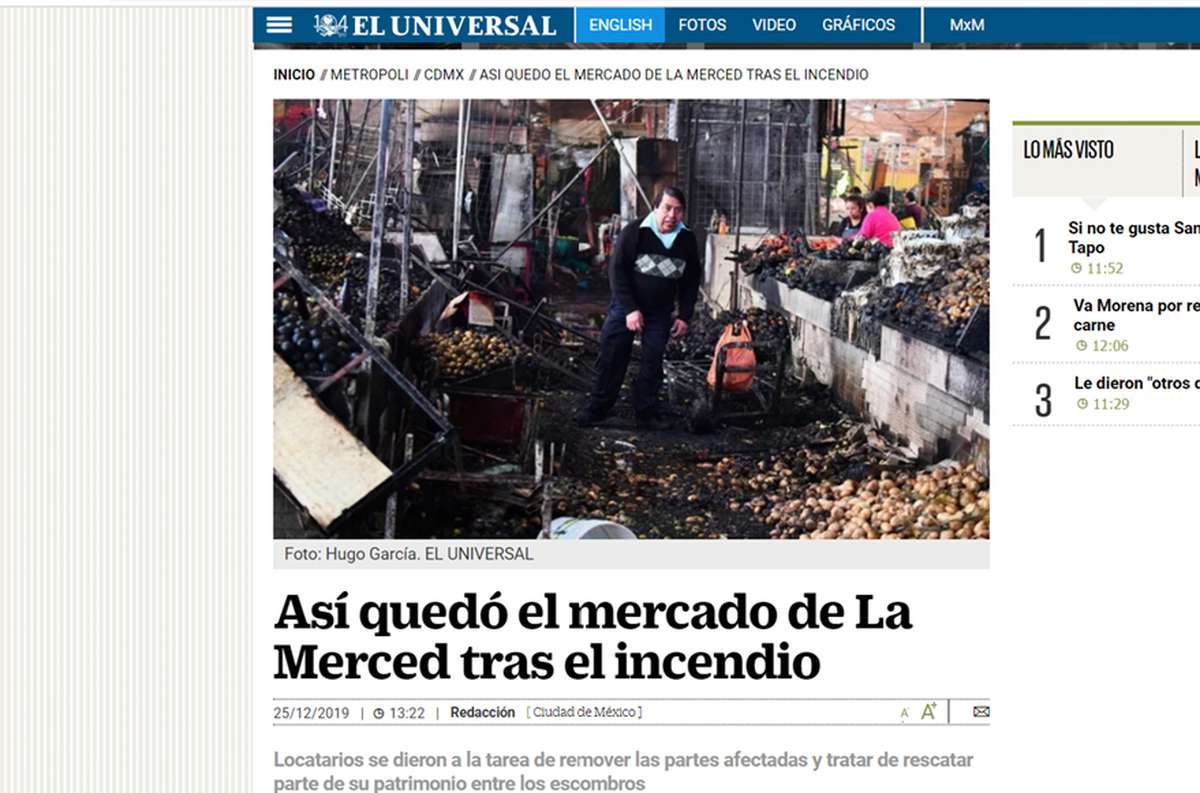
On the 25th of December of 2019, while the discussion of the future of La Merced and the Plaza Merced 2000 is still occurring without a clear consent between the different stakeholders, a new fire occurred killing two persons and destroying 640 commercial spots of the market infrastructure proving the urgent need to find proposals that can provide a path for the territory and the actors who inhabit it the way to improve its conditions and achieve their potential.
Illusion, Failure, Redemption
Illusion, Failure, Redemption

- Site-specific cases
While territorial disputes related to development and renovation processes are increasing generating different scales of confrontations among stakeholders, the creation of new narratives beyond prejudice and inherited judgements is necessary to imagine design projects that can allow previous and new actors to continue playing a relevant role in their own story without being excluded from the territories they once inhabited.
The deterioration of the built environment, natural catastrophes and the weakening of the economical conditions of its inhabitants, demands from the architectural practice a stronger engagement in the conception of negotiations and scenarios where design becomes the tool to not only develop the physical elements of the project but consolidate a strategy to allow existing and new actors to overcome their difficulties and achieve the broken promises from the past through a second opportunity to improve their present moving from confrontation to negotiation models.
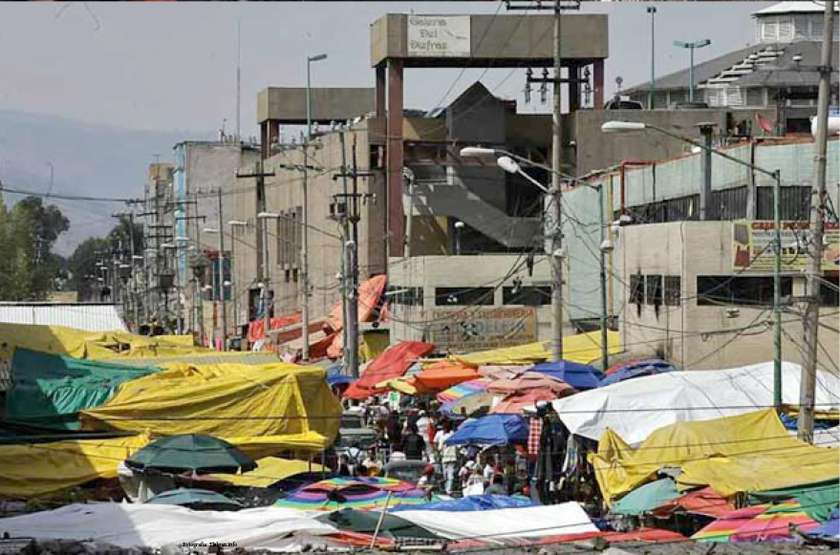
In 2014, after a fire that consumed 8000 m2 from the main market of “La Merced” area in Mexico City an architectural competition took place to imagine a new master plan for the zone. The winning entry that “cleaned” the informal activities and destroyed the 50 360 m2 of contemporary underutilized buildings, was refused by the local population particularly the owners of the shopping center "Plaza Merced 2000" whose building was planned to be demolished. Image: tlalpan.info
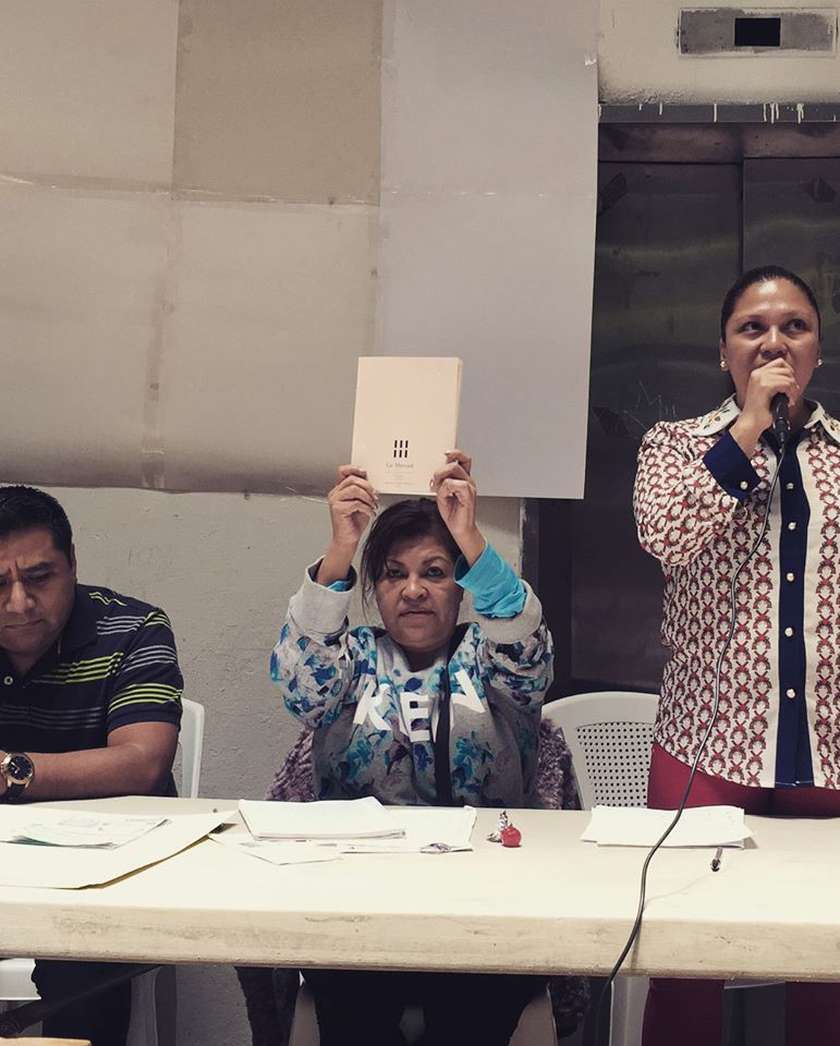
To address the conflicts that arose from the competition and the opportunities that the building "Plaza Merced 2000" represented in terms of human capital, preservation of postmodern architecture and infrastructure, I first developed a project in the university that I later brought to the real location to recycle the building claiming that the building could become the core of the positive transformation for the area.
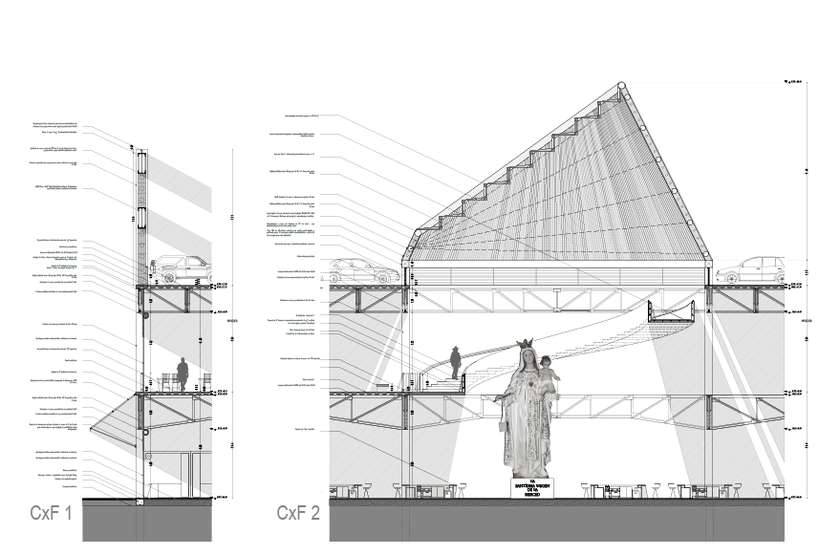
By changing the facade, introducing new land uses and “Jenny Holzer” Style letters in the third level that claimed “VIVA PLAZA MERCED 2000 POR SIEMPRE” (Long live Plaza Merced 2000 Forever) not only the physical building would be transformed but also the story that inhabits it could find a path to overcome the failure of the original building and achieve the initial purposes for leisure, consume and culture that the building demanded.
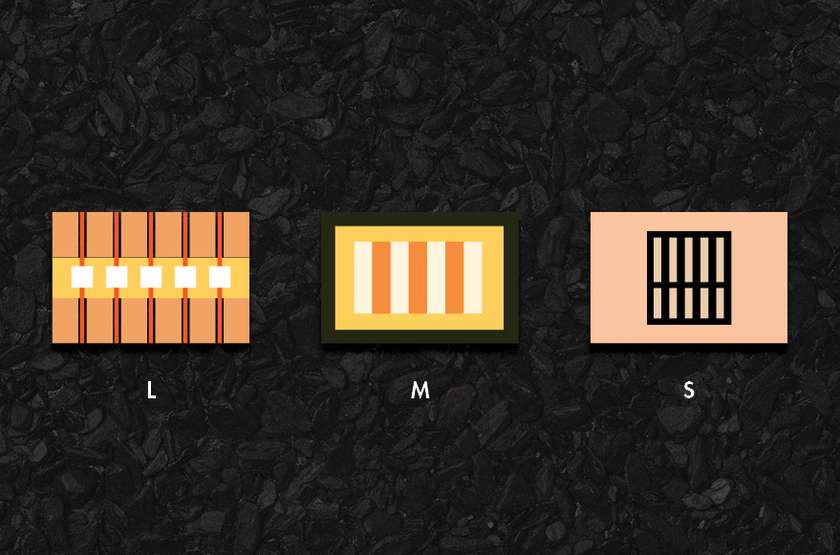
To rethink the building implied rethinking the area in different scales understanding the relevance that this specific case can have for the city. Each of the two master plans and the architectural project became a flag that represented a statement that should conduct any of the future projects beyond a determined form or material.
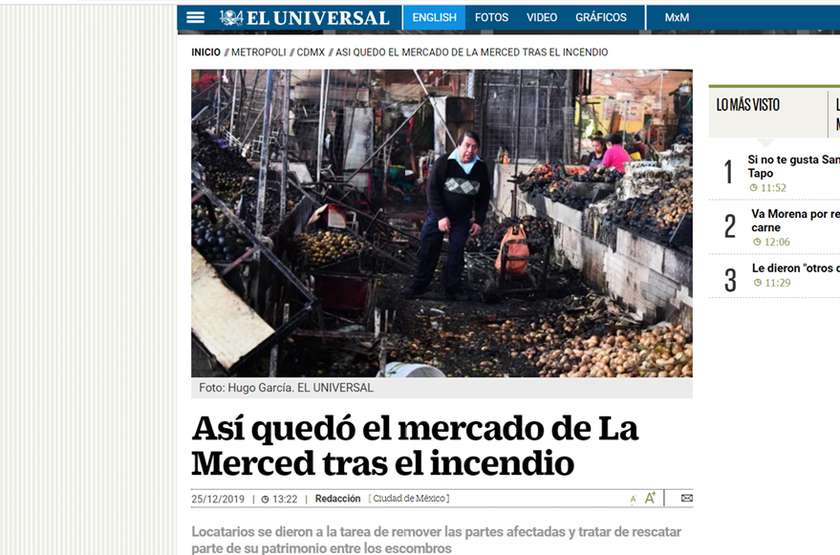
On the 25th of December of 2019, while the discussion of the future of La Merced and the Plaza Merced 2000 is still occurring without a clear consent between the different stakeholders, a new fire occurred killing two persons and destroying 640 commercial spots of the market infrastructure proving the urgent need to find proposals that can provide a path for the territory and the actors who inhabit it the way to improve its conditions and achieve their potential.